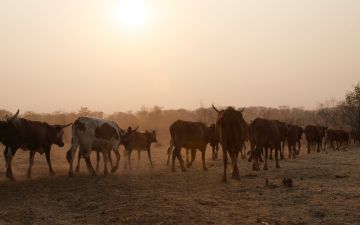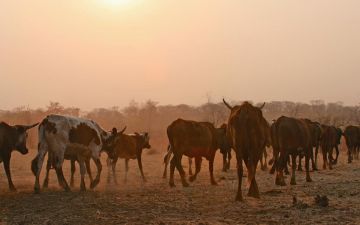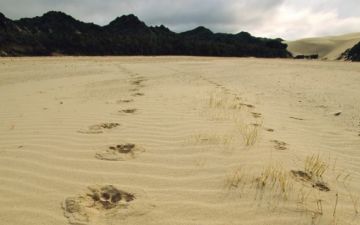Once deemed “the breadbasket of Africa,” Zimbabwe has rampant food insecurity, with one in three children suffering from stunting due to chronic malnutrition.
While political and social problems (notably Robert Mugabe’s disastrous regime and the toll of HIV) plays a large role, environmental degradation is an important factor, as in recent years the country has faced several droughts that have led to crop failures. One backstory to water problems is land degradation; the condition of soil can mean the difference between rainfall soaking into the ground and nourishing plant life, or streaming off, causing erosion and leaving land bare and dry even after the rains. Indeed, this is the situation underlying regional conflict, poverty, and water shortages throughout Africa, as three-quarter’s of the continent’s drylands—which represent two-thirds of Africa’s land mass—are degraded.
Journalist Judith Schwartz travels to the Hwange communal district in the impoverished Northern Matabeleland district to find an alternative scenario. At the Africa Centre for Holistic Management, the Dimbangombe River extends a full mile longer than in living memory. In the rural village of Sianyanga, where land had been bare and infertile, there’s grass for livestock and crops grow well. After years of being on food aid, people can feed themselves.
The catalyst for this transformation? Livestock managed to act upon the land like the wild herbivores that maintained the Africa savanna. Schwartz explores the implications of ecosystem restoration and poverty reduction in drylands throughout the world that are confronting desertification as well as hunger, conflict and other social challenges.




